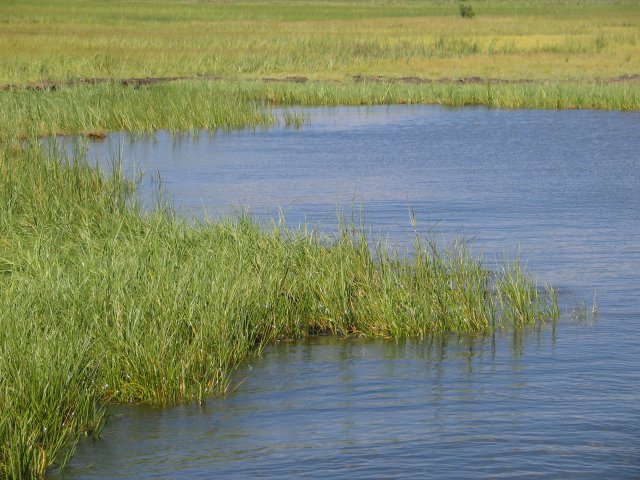Climate Change in Coastal Environments
Climate Change
The effects of climate change have been measured and observed in ecosystems and coastal waters for decades. Fish are migrating, salt marshes are drowning, mangroves are extending their range northward and moving inland, and there are many such indicators of change.
Although coastal ecosystems will see all the general climate changes that affect their region, the biggest effects in estuaries may come from warming water temperature along with rising sea level.
Existing threats from point and nonpoint sources of pollution will get worse as waters warm and precipitation changes. Few areas along a tidal shoreline will remain as they were for decades to come.
A Review Of Water Quality Responses To Air Temperature And Precipitation Changes
- Part 1: Flow, Water Temperature, Saltwater Intrusion
- Part 2: Nutrients, Algal Blooms, Sediment, Pathogens
Water temperature and sea level rise are obvious stressors, but climate change impacts can come through many paths. A warmer climate can lead to longer periods of human use as sporting and tourism seasons lengthen. More intense precipitation falling in watershed communities can increase pollution loads. The fish, plants and wildlife, and the beaches and coves that make a place special can be at risk.
Climate change stressors (warmer summers, warmer winters, warmer water temperature, increasing drought, increasing storminess, sea level rise and ocean acidification) introduce or exacerbate numerous and diverse risks that affect the future of coastal environments.
Climate Ready
To be climate ready means to have completed a risk-based climate change vulnerability assessment and to have taken any necessary actions so that there are no high risks from climate change stressors. High risks have greater likelihood of occurrence and greater effects when they do occur. These must be addressed otherwise places are just awaiting severe consequences.
Actions that are responses to a changing environment are adaptations. In ecosystem management, adaptation can take many forms. The EPA’s Climate Ready Estuaries program helps managers plan and adapt to climate change. Learn more about climate change at the coast, including what adaptation options are available, and get started on vulnerability assessments and adaptation planning.
CRE guides, reports, tools, training and links to other sites can help all places whether on the shoreline or thousands of miles away.

